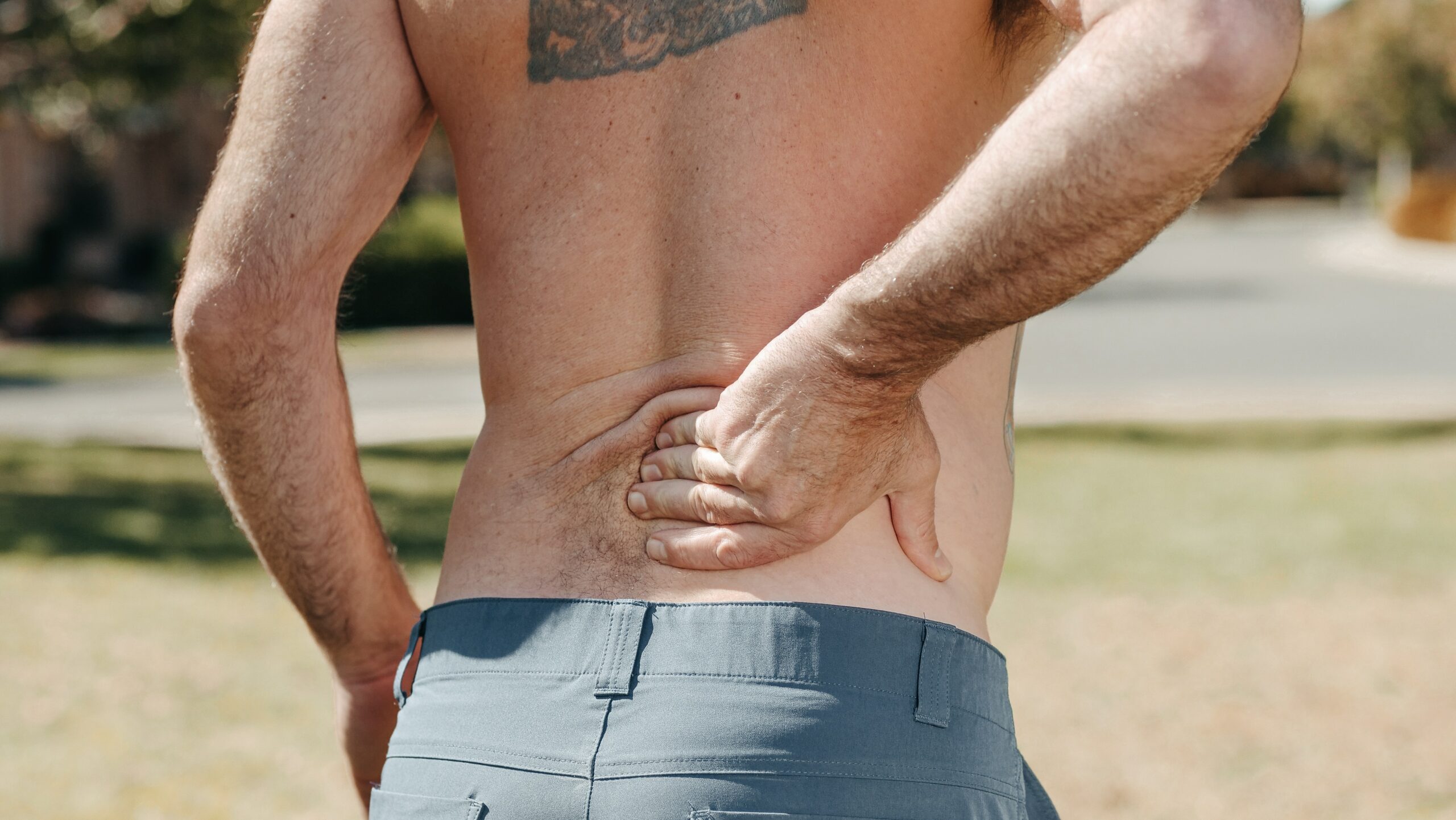Introduction
Low back pain can be defined in many different ways. The European Guidelines for prevention of low back pain define it as “pain and discomfort, localized below the costal margin (ribs) and above the inferior gluteal folds (lower butt check), with or without leg pain.” Most commonly low back pain is referred to as “non-specific low back pain” because there is no known or specific pathology.
It is estimated that seven million adults in the United States have activity limitations as a result of chronic low back pain.
Evaluation
The first step in an evaluation is to rule out any serious pathology that isn’t suitable for care with us. Once safety has been established there are many classification systems that attempt to diagnose and treat low back pain.
At Twin Cities Movement the McKenzie Method of Mechanical and Diagnosis Therapy is most commonly used. The goal is to classify a patient’s back pain into one of three categories (derangement, dysfunction, or postural) based on how they respond to specific end range loads to their spine.
Postural classifications are thought to arise due to an irritation brought on by prolonged stressful postures.
Dysfunction is classically thought of as an adhesions or shortening in the muscle, ligament, tendon, or fascia.
Derangement implies a displacement of tissue in the spine. This can include facet joint dysfunction, capsular impingements, the disc, or any other number of tissues in the spine.
Management
Low back pain can be managed conservatively in most cases. The unique 3 step process used by Twin Cities Movement starts by guiding you out of pain, then teaching you to rehab any underlying dysfunctional patterns, and last creating strength and resilience so you never have to worry about pain again.
Pain Elimination
The first step might seem obvious but it’s a little deeper than just wanting you to be comfortable. Pain also alters how our bodies move through the world. This means that you can potentially harm other parts of your body because you’re in pain.
We eliminate pain generally through resetting and protecting the injured tissue. This can be done with any number of manual therapy techniques that we use including:
- Chiropractic Manipulation
- Active Release Technique
- Instrument Assisted Soft Tissue Mobilization
- Trigger Point Therapy
- Kinesiology Tape
Rehabilitation
Making sure your body isn’t fighting against itself is the next priority. It is often the case that something in our daily lives is making the healing process difficult.
This might be a hip that doesn’t move correctly, forcing the spine to twist excessively or an unstable core that doesn’t allow for proper stabilization.
Whatever your specific underlying dysfunction is, it needs to be uncovered and rehabilitated.
Increasing Performance
The last, and arguably most important piece is to make sure your low back pain is a thing of the past. We do this by taking what were your weaknesses and making them as strong as possible. People with a history of back pain generally need strong mid-sections, more mobile middle backs, and hips that can move through their entire range of motion with power.
We do with this with big compound movements that you use in everyday life like squats, deadlifts and overhead presses.

